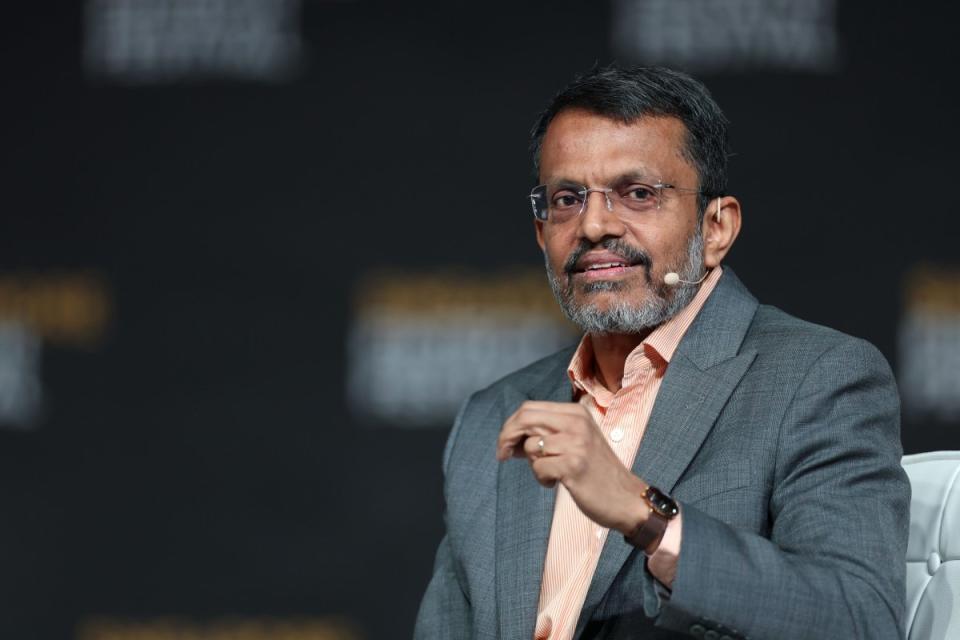Tokenisation, AI and quantum computing are best prospects for transforming finance: Ravi Menon

The ex-managing director of the MAS was speaking at the Point Zero Forum in Switzerland.
Whether tokenisation achieves its potential to transform finance depends on the underlying networks on which digital token operates, but existing digital networks are not fit-for-purpose as a global infrastructure for a tokenized financial system, says Ravi Menon, former Managing Director of the Monetary Authority of Singapore (MAS).
Menon was delivering a plenary address at the Point Zero Forum in Switzerland on July 2, about the convergence of AI, quantum computing as drivers of innovation reshaping the finance landscape. The forum is a three day policy-technology dialogue convening central banks, regulators, and industry leaders.
Instead, to realise the vision of seamless financial transactions globally, we need open and
interoperable digital asset networks that are compliant with regulatory requirements, Menon continues. Already, there are a couple of promising efforts internationally, he says.
For one, the Bank of International Settlement has proposed the concept of “Finternet” as a vision for the future financial system in which multiple financial ecosystems are interconnected with one another through unified ledgers.
The MAS, together with industry partners like BNY Mellon, Citi, Société Générale-Forge (SG Forge), JP Morgan and MUFG, has initiated the Global Layer One or GL1 project.
A whitepaper which details the design principles, objectives, considerations and potential uses of GL1 was published just last week.
“This is a global public good digital infrastructure, through which cross-border transactions and trading of a range of tokenised assets can be done seamlessly,” says Menon.
Meanwhile, on AI, Menon stresses that the technology and governance must be gotten right, in order to unlock the potential it can bring to enhance financial services.
Four key governance issues are pertinent in the quest to adopt AI globally, says Menon. They are around the privacy of data, the explainability of results, accountability for decisions, and the acceptability of outcomes.
“We need regulation of AI; we need it fast and we need it harmonised,” says Menon. “The approaches taken by the EU, the US, and China offer interesting contrasts, and things to learn from.”
Finally, Menon addresses the possibility of revolutionising the financial services through the principles of quantum mechanics — quantum computing can optimise complex financial processes like portfolio management, trading strategies and fraud detection; and quantum simulation can simulate complex financial systems and models more accurately than classical computers.
Yet this technology poses existential risks, such as the compromise of interbank system interfaces, and public key cryptography that wholesale payment systems heavily rely on.
To conclude his speech, Menon says that the global fintech wave continues to grow. “There are deeply impactful benefits to harness from these technologies. But that depends critically on how we manage the substantial risks associated with these technologies. The answer lies in us, not the technologies,” he ends.
See Also:
Click here to stay updated with the Latest Business & Investment News in Singapore
Get in-depth insights from our expert contributors, and dive into financial and economic trends

 Yahoo Finance
Yahoo Finance